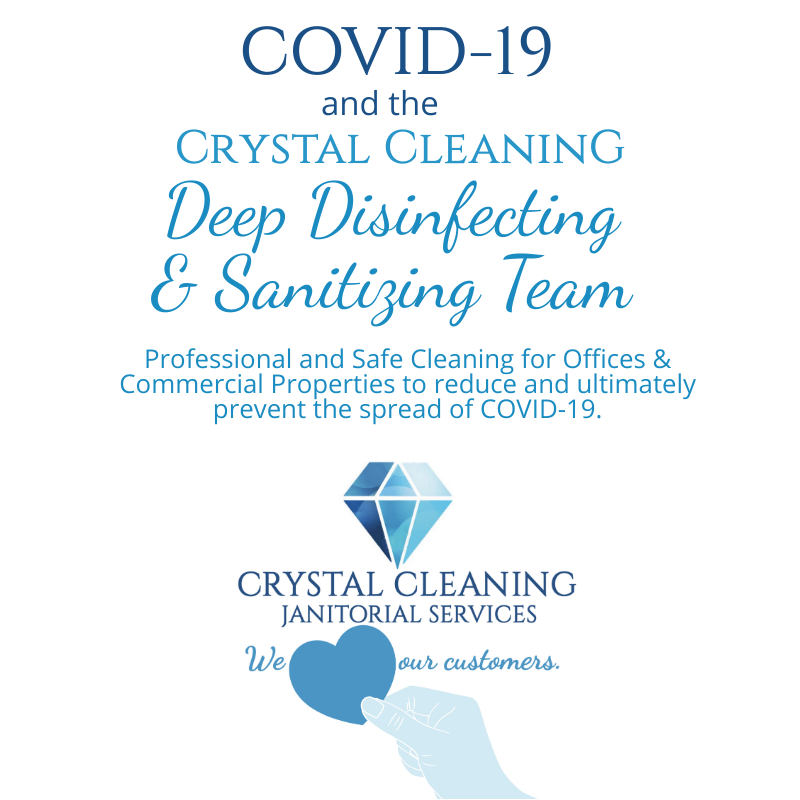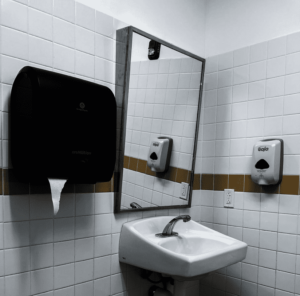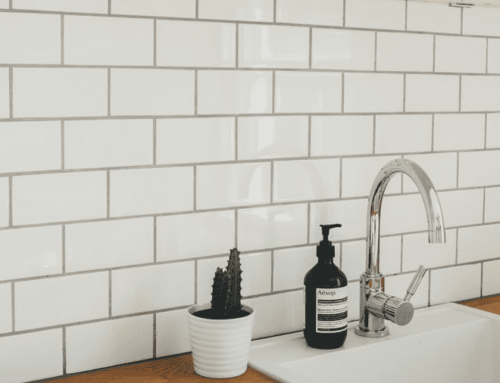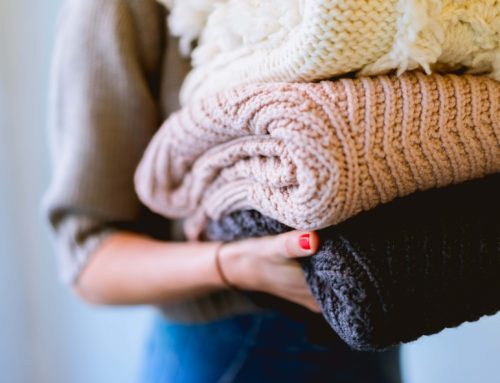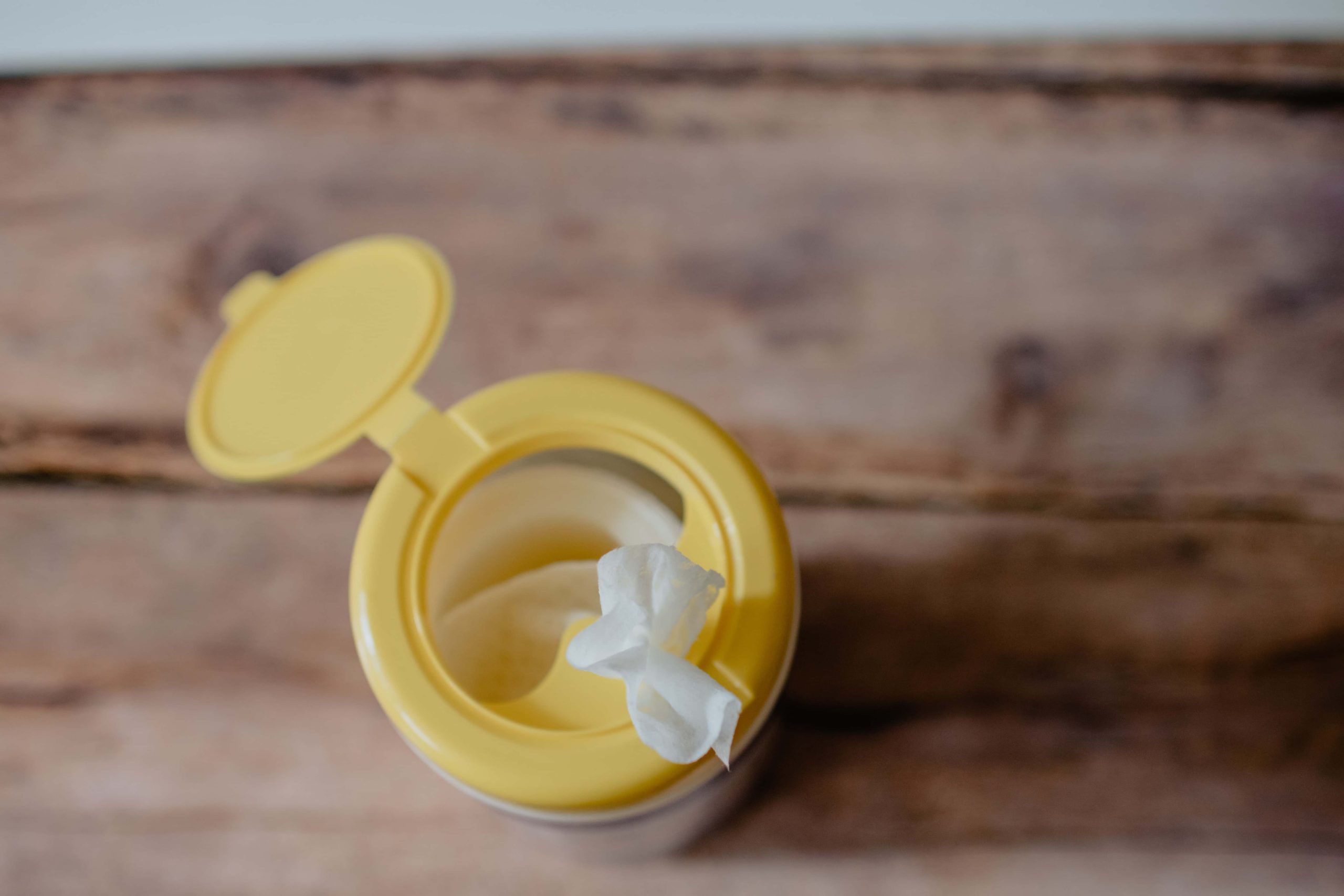
Service industries: how clean is clean? Crystal Cleaning Janitorial Services offers advice on how service industries can stay more sanitary and safer during cold and flu season and especially COVID-19.
For service industry workers, spaces have been empty. Many offices are closed until at least May 1st. But what will happen once offices and other facilities, like gyms, can open back up for business? As an owner or manager, are you thinking about all of the less apparent spaces that carry diseases? It’s usually the places we least expect that can make us fall ill. So how clean is clean? Read more to learn about the unsuspected places where bacteria and viruses lurk and catch us germ-handed!
The Breakroom
Most offices and facilities have a designated space where coworkers can relax, get a cup of coffee, or a bite to eat. But infectious diseases spread through the many lounge objects that are touched often. Think about the buttons on the vending machine. What about the communal coffee pot and that container of half-and-half? Think about all the surfaces that many people are using every day—refrigerator handles, cabinet doors, and microwaves. All of these objects serve as havens for germs.
The best way to keep yourself safe is to wash your hands frequently. Make it the last step you take before touching your food or filling your water bottle.
Refillable Soap Dispensers
While washing your hands is very important to ward off unwanted microbes, germs can still find their way onto your skin. Public restrooms usually have refillable dispensers full of liquid soap intending to keep hands clean.
However, these dispensers carry all types of viruses and bacteria. What’s surprising is it’s typically not the outside of the soap dispenser you need to be concerned about—the soap itself can contaminate the hands. A study reported by OnHealth.com states, “Not only did pathogens remain after washing from a contaminated dispenser, but study participants had actually increased the number of nasty germs on their hands after washing.” Ew, right?
So how does one can their hands clean-clean? Encourage your building manager to fill the bathrooms with nonrefillable sealed soap containers. We highly recommend carrying alcohol-based wipes or hand sanitizer with you to give your hands a more thorough cleaning after rinsing them at the sink.

Money, Money, Money
While most of us are credit card carriers, having cash is still a necessary component of money exchanges. But, think about where that money has been.
According to OnHealth.com, “Scientists have studied how often a banknote changes hands. They call this the ‘velocity of money.’ It turns out that physical bills change hands about 55 times a year on average before they are worn out and retired. That number is more than double for smaller notes worth less money.”
Dollar bills get around and pick up many unwanted strangers: fecal bacteria, mold, and yeast are the most common.
OnHealth. com reports on a study authorized by the US Air Force that states, “94% of $1 bills harbor bacteria.” US banknotes seem to be more at risk of carrying diseases than other country’s currency. The US Treasury makes the dollar bill out of 75% cotton and 25% linen. Unfortunately, these materials attract bacteria more than the money of some other countries like Australia and Canada, that use polymers to make their currency.
Businesses must be conscientious when handling US dollars. Be sure employees use a hand sanitizer that has at least 60% alcohol in it after each transaction. Also, remember, gloves are one-time use only. Wearing the same gloves for more than one transaction defeats the purpose of wearing the gloves in the first place because they can still spread germs.

Handbags, Backpacks, Briefcases, and Purses
Handbags, backpacks, briefcases, and purses are everyday items that can carry a lot of parasites. And think about all the places you bring your bags—the public restroom, the floors of restaurants, and everywhere else. OnHealth.com claims that a “One study found that one in five purses and handbag handles contains bacterial contamination great enough to pose a threat to health.” These can then also be true about the briefcase that you bring to work or your child’s backpack that he or she carries all around the school.
In a separate study, according to OhHealth.com, “a microbiologist swabbed 50 purses and found that one in four tested positive for E. coli, which produces a harmful toxin that can cause severe stomach cramping and diarrhea.”
To prevent harmful bacteria from contaminating your bags, be sure to clean them regularly. A Clorox wipe will work just as well as soap and hot water and won’t destroy most fabrics. If you set your purse on a damp surface, be sure to wipe it down when you get home because bacteria love damp places. The last place you should set your bags is on a surface where you and other people eat.
Other Places Virus and Bacteria Love to Hide
- Doorknobs and door handles
- Light switches
- Elevator buttons
- Railings
- Copier machines
- Water fountain handles
- Office supplies
- Communal pens
Can you think of other places? Comment on our social media pages!
Contact Us!
So we must ask service industries: how clean is clean? Perhaps not as clean as you were hoping your business to be! But don’t worry, we are here to help deeply disinfect and sanitize your business. Call us today!
